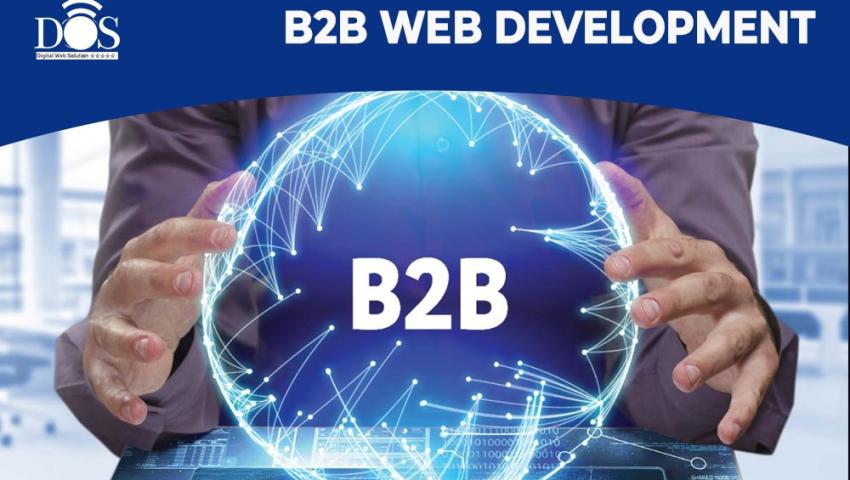
B2B Portal Development: Building Scalable and Efficient Business Platforms
Learn how to develop a powerful B2B portal that streamlines business operations, enhances collaboration, and drives growth. From secure transactions to automation and personalized user experiences, discover the key features, best practices, and technologies needed for a scalable and efficient B2B platform.
Introduction
A B2B (Business-to-Business) portal is a digital platform that enables companies to connect, collaborate, and conduct transactions efficiently. Unlike B2C portals, B2B platforms focus on bulk transactions, supply chain management, and long-term business relationships. Developing a well-structured B2B portal enhances workflow automation, improves communication, and streamlines business processes.
Key Features of a B2B Portal
To ensure success, a B2B portal must include:
- Secure User Authentication – Role-based access for suppliers, buyers, and partners.
- Custom Pricing & Bulk Ordering – Flexible pricing models based on business relationships.
- Multi-Vendor & Supplier Management – Easy integration of suppliers and manufacturers.
- Order & Inventory Management – Real-time tracking of stock, orders, and shipments.
- Automated Quotation System – Instant price quotes for bulk purchases.
- Seamless Payment Integration – Support for bank transfers, credit lines, and digital payments.
- Data Analytics & Reporting – Business insights for better decision-making.
- Integration with ERP & CRM – Sync with enterprise systems for smooth operations.
Steps to Develop a B2B Portal
1. Define Business Objectives & User Requirements
Understanding industry-specific needs helps in designing a portal that simplifies transactions and collaboration.
2. Select the Right Technology Stack
Depending on business needs, the technology stack may include:
- Front-end Technologies – React, Angular, Vue.js for dynamic UI.
- Back-end Development – Node.js, Python, Java for scalable performance.
- Database Management – MySQL, PostgreSQL, MongoDB for structured data storage.
- Cloud & Hosting Solutions – AWS, Google Cloud, Azure for secure data handling.
3. Design an Intuitive UI/UX
A B2B portal should have an easy-to-use interface with clear navigation, detailed product catalogs, and efficient search filters.
4. Develop & Integrate Core Functionalities
Key modules such as multi-tier pricing, supplier onboarding, and automated invoicing should be implemented.
5. Implement Security Measures
Since B2B transactions involve sensitive business data, security protocols such as SSL encryption, two-factor authentication, and data protection policies are crucial.
6. Optimize Performance & SEO
Fast loading speeds, mobile responsiveness, and optimized content improve search visibility and user experience.
7. Test, Launch & Scale
Rigorous testing ensures the platform is error-free and secure before deployment. Regular updates help in scaling the portal as business needs evolve.
Best Practices for a Successful B2B Portal
- Ensure seamless third-party integrations with ERP and CRM systems.
- Provide a personalized experience with AI-driven recommendations.
- Optimize the checkout process for quick transactions.
- Offer multiple payment options with secure processing.
- Maintain strong cybersecurity measures to protect business data.
Purva Kumari
Leave a comment
Your email address will not be published. Required fields are marked *


